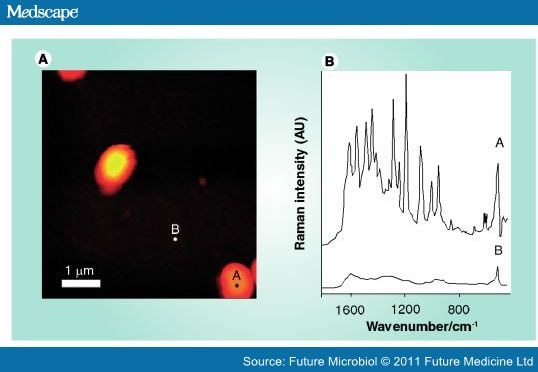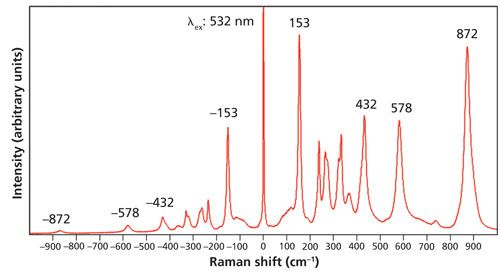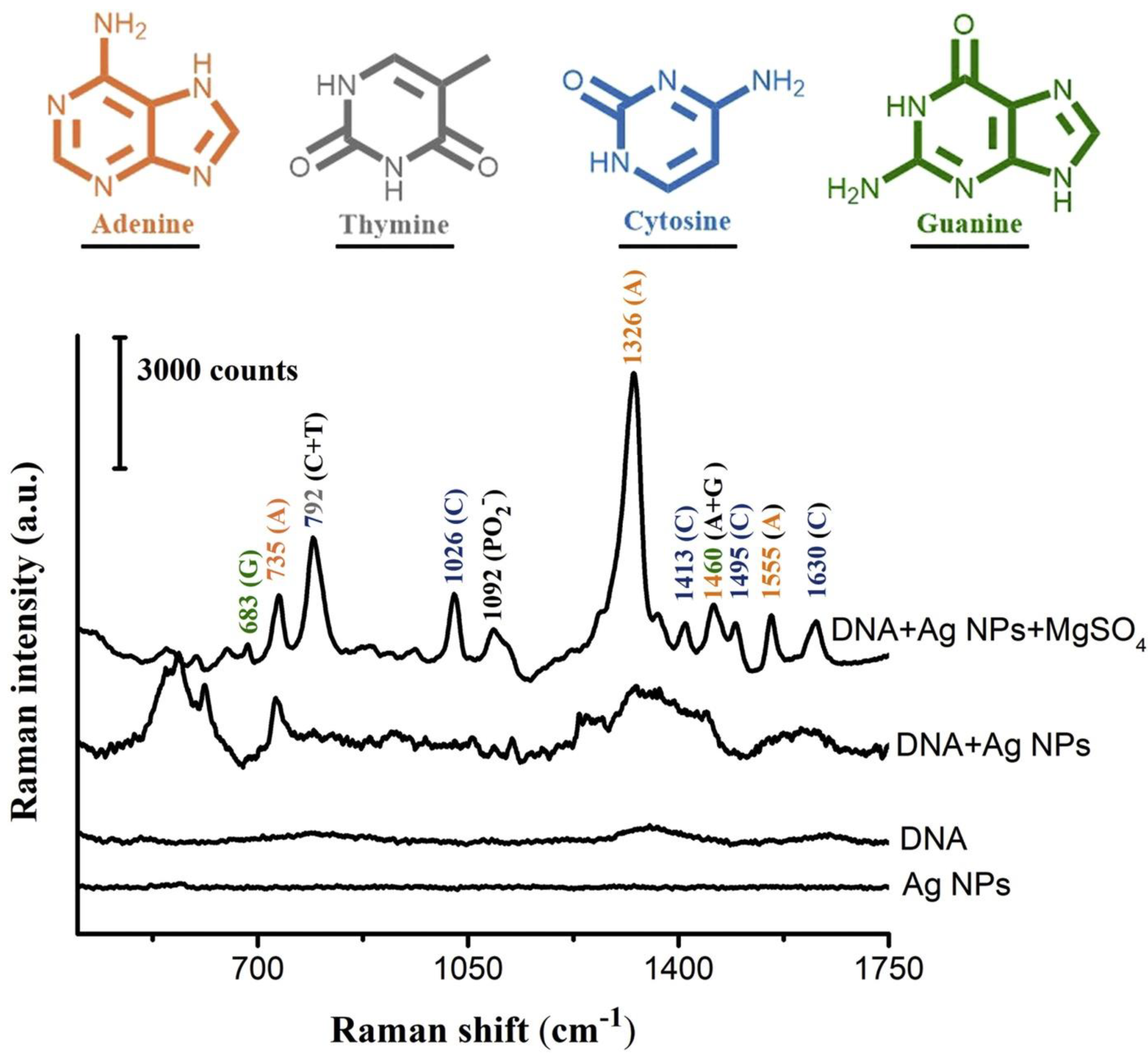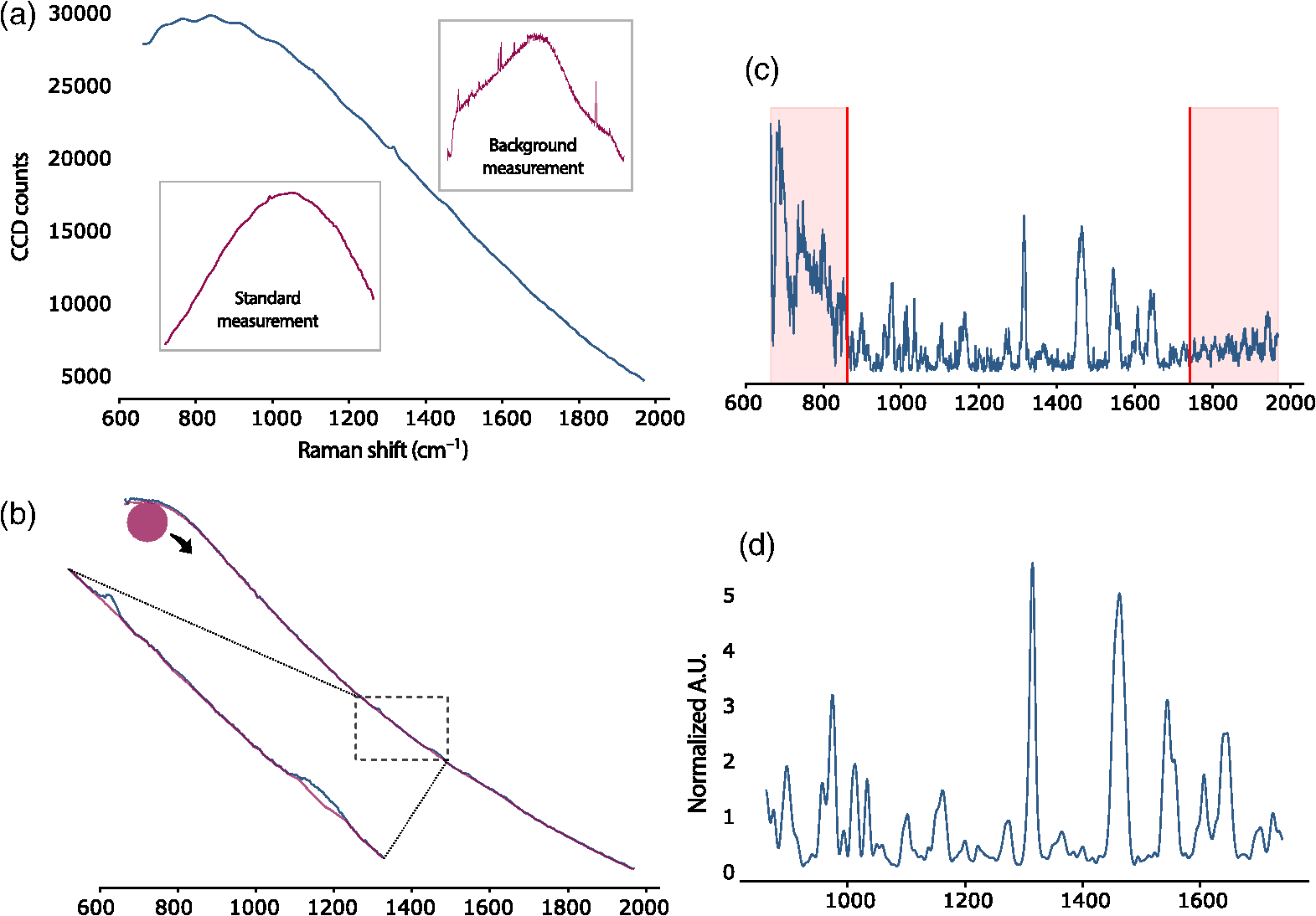
Raman scattering is also called inelastic scattering, because the involved loss of photon energy is somewhat reminiscent of losses of kinetic energy in collisions of mechanical objects. It can be considered as a quantum effect – amplification of zero-point oscillations of the signal field. Spontaneous Raman scattering occurs when there is a pump wave but no signal input wave (i.e., no signal input photons). Raman scattering can be spontaneous or stimulated. Note, however, that strong anti-Stokes light can also arise from four wave mixing if that process is phase-matched. That process, however, is usually weak, particularly at low temperatures. In principle, it is also possible that an already existing phonon interacts with a pump photon to generate one higher-energy photon, belonging to an anti-Stokes wave at a shorter wavelength. In the Raman scattering process, one pump photon is converted into one lower-energy signal photon, and the difference of photon energies is carried away by a phonon (a quantum of the lattice vibrations). The Raman effect occurs together with the Kerr effect, which results from the (nearly) instantaneous χ (3) response of the electrons. Raman scattering can occur not only in solid materials, but also in liquids or gases.įor example, molecular glasses have vibrational/rotational excitations, and the observed Stokes shifts are related to those. Multiple modes are involved in the conversion process. A signal wave is strongly amplified, while the pump wave is strongly depleted.
Increase intensity of anti stroke raman software#
Figure 1:Įvolution of optical powers in a parabolic-index multimode fiber, simulated with the numerical beam propagation feature of the software RP Fiber Power as part of a case study. It demonstrates that under suitable conditions the Raman conversion can be highly efficient. That gain can be substantial if the Stokes shift corresponds to a frequency difference of several terahertz.įigure 1 shows a numerical simulation for Raman scattering in an optical fiber, exploited for signal amplification of nanosecond pulses.


The Raman gain for the longer wavelength beam can be exploited in Raman amplifiers and Raman lasers.

In addition, lattice vibrations are excited, leading to a temperature rise. two laser beams with different wavelengths (and normally with the same polarization direction) propagate together through a Raman-active medium, the longer wavelength beam (called the Stokes wave) can experience optical amplification at the expense of the shorter wavelength beam. When these vibrations are associated with optical phonons, the effect is called Raman scattering, whereas acoustical phonons are associated with Brillouin scattering. In particular, a delayed nonlinear response is caused by vibrations of the crystal (or glass) lattice. The nonlinear χ (3) response of a transparent optical medium to the optical intensity of light propagating through the medium is very fast, but not instantaneous.
Increase intensity of anti stroke raman how to#
How to cite the article suggest additional literature

The software RP Fiber Power can be used for analyzing stimulated Raman scattering – see a demo case for the soliton self-frequency shift.ĭefinition: a nonlinear scattering process involving optical phononsĬategories: fiber optics and waveguides, nonlinear optics, physical foundations Encyclopedia > letter R > Raman scattering Raman Scattering Calculations of Raman Scattering


 0 kommentar(er)
0 kommentar(er)
